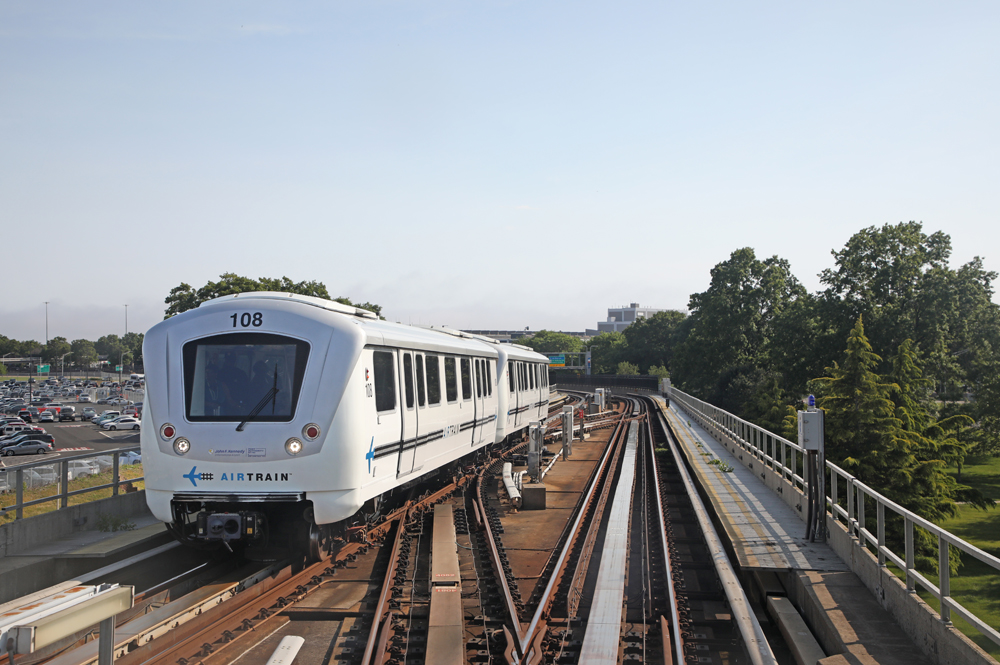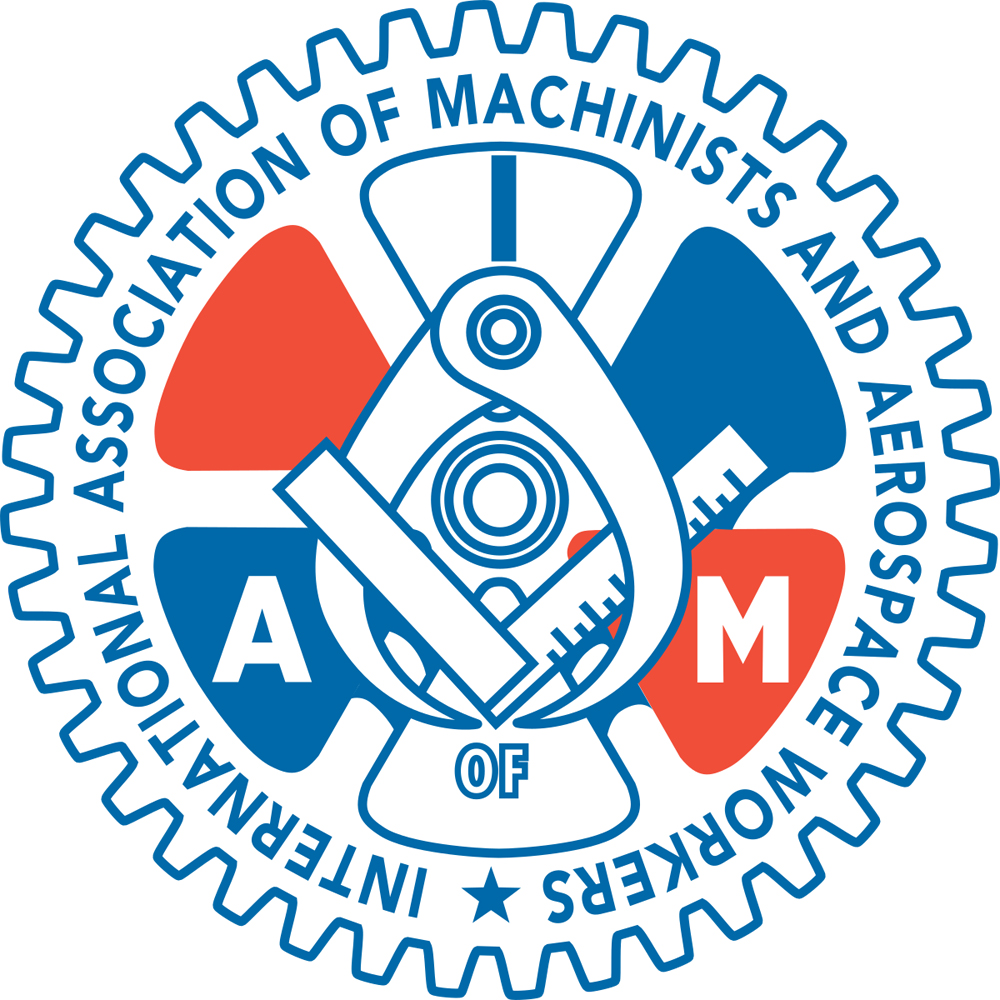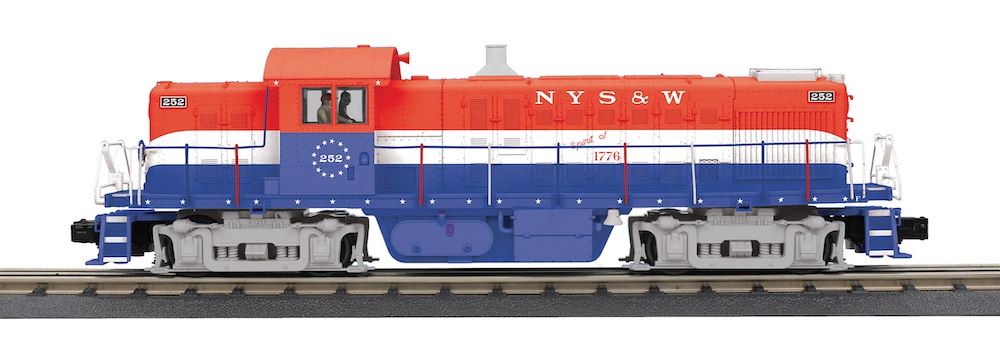O gauge Pullman-Bradley Coach from Atlas O
Price: $139.95 (no. 2002901) Min. Curve: O-45, O-54 recommended Features: Vinyl diaphragms, sprung side vestibule doors, illuminated interior, and wire grab irons. Road names: Boston & Maine, Kansas City Southern, Long Island RR, New Haven, Southern Pacific, and undecorated. For more information: go to www.shop.atlasrr.com
Industrial designer Walter Dorwin Teague developed the 10-paired-window deluxe coach in conjunction with the New York, New Haven & Hartford RR (NH) and Pullman engineering departments. The prototype cars were built at Pullman-Standard’s Osgood Bradley shops in Worcester, Mass. Between 1935 and 1938, 100 10-window coaches were built. The last 26 cars produced had a 16-seat smoking section. Other Pullman-Bradley cars on the New Haven included 11-paired-window coaches (160) and grill cars (5).
The Pullman-Bradley coach had a tubular cross section, which stood in sharp contrast to the heavyweight cars common during the pre-World War II era. The partially streamlined cars were significantly lighter – to the tune of 15 tons – thanks to the use of Cor-Ten steel in the superstructure. The alloy, a U.S. Steel product, was cheaper than the carbon steel traditionally used in passenger car construction and had better corrosion resistance.
In addition to the New Haven, other roads that rostered Pullman-Bradley cars included the Bangor & Aroostook, Boston & Maine, Kansas City Southern, Lehigh Valley, Seaboard Air Line, and St. Louis Southwestern (Cotton Belt).
Multi-piece model
The 10-paired-window coach we received is decorated as New Haven no. 8267. The actual car was part of a 20-car order (nos. 8250 through 8269) built in 1936. The dimensions of the Atlas O coach closely follow prototype drawings published in the 1940 edition of the Simmons-Boardman Car Builders’ Cyclopedia of American Practice and data published in the Jan. 5, 1935, issue of Railway Age magazine.
The O gauge model has a cleverly designed three-piece plastic body attached to the metal underframe with 14 easily accessible screws. The side vestibule doors are sprung. The ends feature vinyl diaphragms and non-operating plastic tail gates.
The model does not have skirting. On full-size New Haven cars the skirting was removed in phases. The truck door skirting went first, being removed from all cars by August 1947. The remaining skirting was removed in the middle and late 1950s.
A look around
The coach has interior lighting and a plastic interior with separately applied seats. The interior is neatly painted medium gray and has an accurate 84-passenger capacity. Somewhat surprising was the window glazing. Instead of being flush fitting, the coach has clear acetate attached to the interior with thin strips of double-sided adhesive. The glazing for the bathroom windows has printed venetian blind detail.
Wayne D. Drummond’s article, “The Pullman-Bradley Lightweights” in vol. 16, no. 3 of the New Haven Railroad Historical & Technical Society Shoreliner magazine, chronicles the different paint schemes applied to the railroad’s cars. The New Haven name in the letterboard, the road number in Futura font below the windows, and the simulated extruded aluminum window frames indicate coach no. 8267 is painted no. 13 Pullman Green, a scheme used by the railroad from May 1950 through May 1954. The paint on our sample is smooth and evenly applied, with crisp separation lines between colors. The white lettering is opaque and sharp.
The model is equipped with die-cast metal solid-bearing truck sideframes. These are appropriate for the car from 1936 until the late 1940s, when it received Fafnir roller bearings. The underbody features a handful of separately applied details, with plenty of room to add more. The minimum diameter curve the coach will operate on is O-45, but the manufacturer recommends O-54 for better appearance.
Well done
Atlas O has faithfully captured the look of Pullman-Bradley’s lightweight coach. The partially streamlined Trainman line model will surely attract the attention of visitors and operators.














